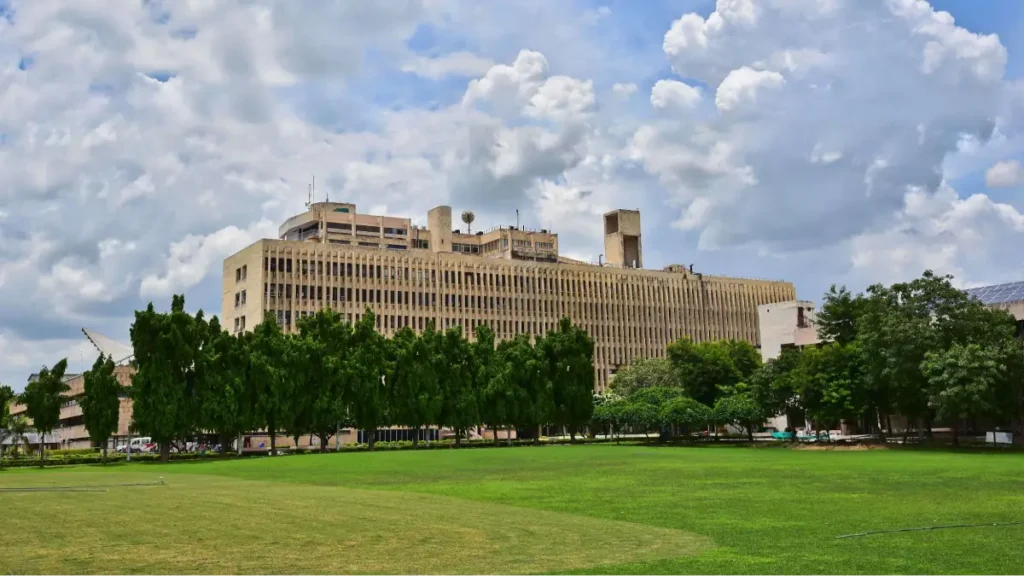In an interconnected world, education is no longer a purely local endeavor. The BRICS nations — Brazil, Russia, India, China, and South Africa — represent nearly half of the world’s population and are home to some of the fastest-growing education systems on the planet. The annual BRICS Education Ministers’ meetings have become platforms for exchanging ideas, sharing strategies, and learning from diverse contexts.
But what do these conversations mean for educators on the ground? How can global collaboration translate into real change in local classrooms? Here are some powerful lessons from BRICS educators that are shaping the future of teaching and learning.
But what do these conversations mean for educators on the ground? How can global collaboration translate into real change in local classrooms? Here are some powerful lessons from BRICS educators that are shaping the future of teaching and learning.
Collaboration is the New Competitiveness
Across BRICS, educators are realizing that the future belongs to those who can collaborate across borders. Joint research projects, faculty exchanges, and student exchange programs are becoming more common.
For local schools, this global spirit can be nurtured through simple initiatives — like connecting students to peers abroad through virtual exchanges, participating in global hackathons, or co-creating projects with partner schools in other countries. Such experiences help students see themselves as global citizens, while still being rooted in local culture.
For local schools, this global spirit can be nurtured through simple initiatives — like connecting students to peers abroad through virtual exchanges, participating in global hackathons, or co-creating projects with partner schools in other countries. Such experiences help students see themselves as global citizens, while still being rooted in local culture.
Technology is a Bridge, Not a Barrier
One major focus of BRICS discussions is the digital divide and how to bridge it. While technology has the power to democratize education, access and equity remain challenges, particularly in rural areas.
Educators in BRICS countries are finding creative solutions — from mobile learning buses in Brazil, to low-bandwidth e-learning platforms in India, to AI-enabled language learning tools in China. The takeaway? Technology is most powerful when it is contextualized — designed to fit local realities rather than importing one-size-fits-all solutions.
Educators in BRICS countries are finding creative solutions — from mobile learning buses in Brazil, to low-bandwidth e-learning platforms in India, to AI-enabled language learning tools in China. The takeaway? Technology is most powerful when it is contextualized — designed to fit local realities rather than importing one-size-fits-all solutions.
The Way Forward
The BRICS education collaboration reminds us that while education policies are discussed at the highest levels, their true impact is felt in classrooms, villages, and neighborhoods. Global voices provide inspiration, but the transformation happens when local educators adapt those lessons to their unique contexts.
As educators, policymakers, and school leaders, our task is clear: listen, learn, and localize. When we blend global wisdom with local action, we prepare our students not just for the future — but to shape it.
As educators, policymakers, and school leaders, our task is clear: listen, learn, and localize. When we blend global wisdom with local action, we prepare our students not just for the future — but to shape it.



